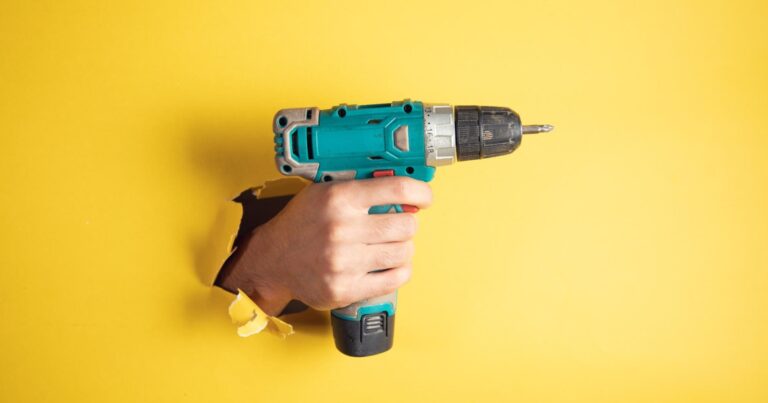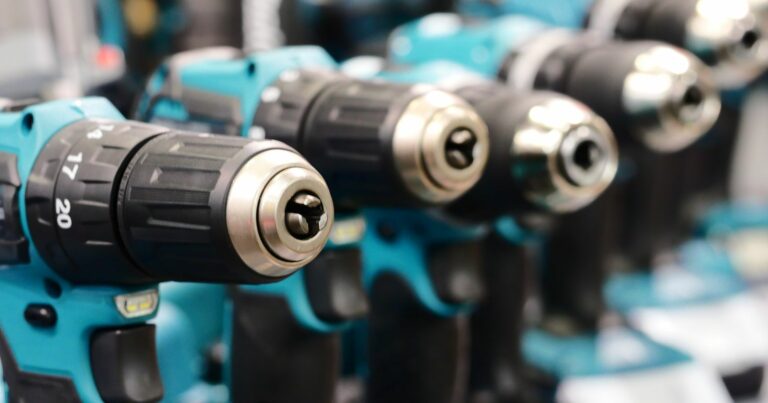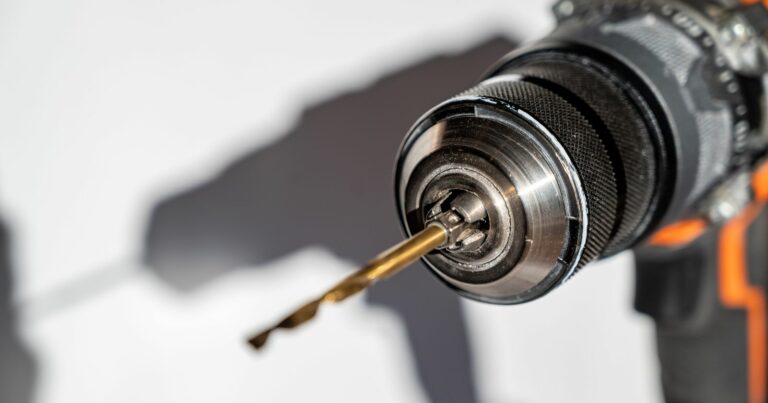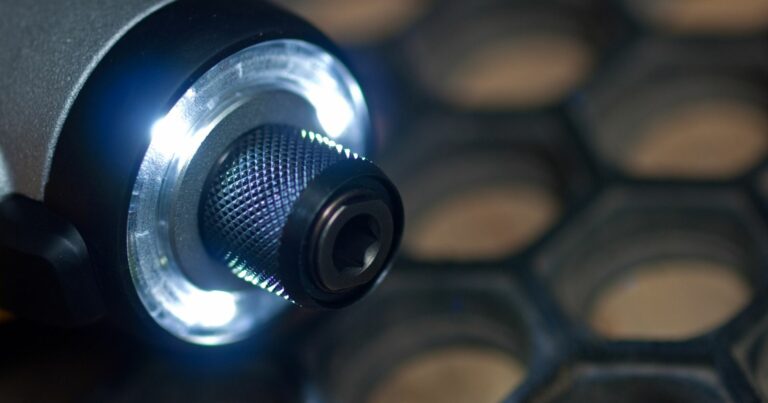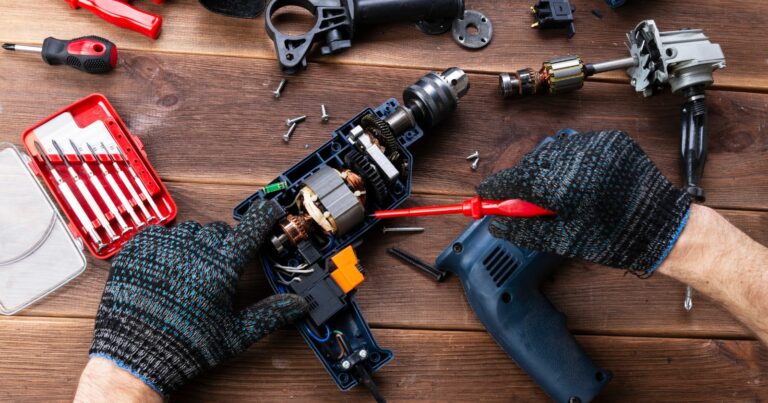Impact Driver Vs Drill: Which Is Better For Your Needs?
When embarking on any DIY project or professional construction task, the significance of selecting the appropriate tool cannot be overstated. This choice is not just about efficiency or convenience; it’s about harnessing the right power, precision, and functionality to transform hard work into smart work, ensuring the best outcomes with the least effort. In the realm of fastening and drilling, two tools often find themselves at the center of a crucial decision making process: the impact driver and the drill. Understanding the nuances of Impact Driver vs Drill is essential for anyone from the weekend warrior to the seasoned craftsman, as this knowledge can significantly affect the quality, speed, and ease of your projects.
Whether you’re assembling furniture, building a deck, or working on intricate carpentry projects, the choice between an impact driver and a drill will play a pivotal role in your work’s success. As I dive into the characteristics, uses, and benefits of each tool, we aim to provide you with the knowledge to make an informed decision, ensuring that you always have the right tool in hand for any task ahead.
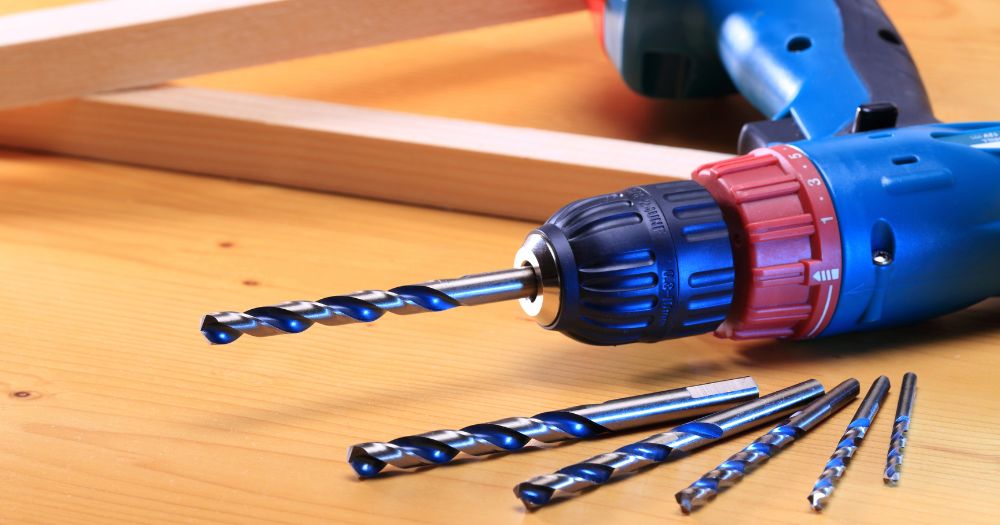
Understanding the Basics
To make an informed decision between an impact driver and a drill, it’s crucial to grasp the fundamental aspects of each tool. Both are staples in the toolkit of DIY enthusiasts and professionals alike, yet they serve distinct purposes and excel in different scenarios.
What is an Impact Driver?
An impact driver is a powerful tool designed primarily for driving screws and tightening nuts with high efficiency. Its main function lies in its ability to deliver a strong rotational force torque combined with quick bursts of impact. This mechanism allows the impact driver to drive screws into dense materials with less effort and more speed than a standard drill. It’s particularly useful for long screws or bolts in hard materials where a conventional drill might struggle.
Key Features:
- High Torque: Impact drivers produce a significantly higher torque compared to drills, making them ideal for heavy-duty fastening tasks.
- Hex Chuck: A hexagonal-shaped chuck accepts bits with a hexagonal shank, which helps in transferring the high torque without the bit slipping.
- Compact and Lightweight: Most impact drivers are designed to be compact and light, allowing for easy handling and access to tight spaces.
- Minimal Kickback: The impact mechanism reduces the kickback felt by the user, making it easier to handle for extended periods.
What is a Drill?
A drill is arguably the most versatile and widely used power tool in construction, woodworking, and DIY projects. It is designed to create holes in a variety of materials, such as wood, metal, plastic, and masonry. Drills can also be used for driving screws, although they do not offer the same level of power and efficiency in fastening as an impact driver.
Key Features:
- Adjustable Chuck: Drills feature a keyless chuck that can hold a wide range of drill and driver bits, making them versatile for drilling and fastening tasks.
- Variable Speed: The user can control the speed of a drill, allowing for precise drilling in different materials. Lower speeds are ideal for driving screws, while higher speeds are perfect for drilling holes.
- Torque Adjustment: Many drills come with an adjustable clutch that limits torque, preventing overdriving or stripping screws.
- Additional Functions: Some drills offer a hammer function for drilling into masonry and concrete, further enhancing their versatility.
Understanding these basic differences is the first step in determining which tool an impact driver or a drill will best suit your needs. Whether you prioritize power and efficiency in fastening tasks or require a versatile tool for drilling and occasional screwdriving, your choice will significantly influence your work’s effectiveness and outcome.
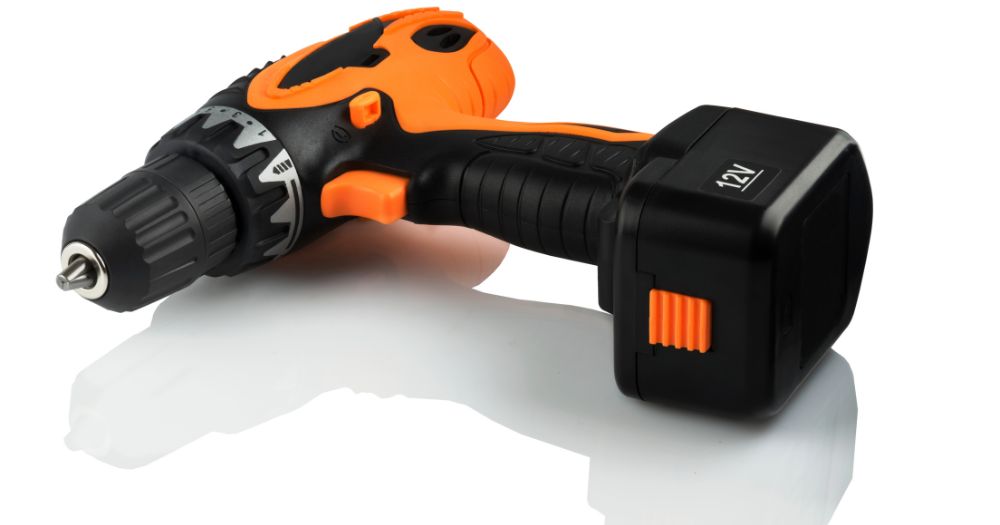
Key Differences Between Impact Drivers and Drills
Understanding the distinctions between impact drivers and drills is pivotal for selecting the right tool for your project. These differences span from their operational mechanisms to their power output, applications, and bit compatibility, each influencing their suitability for various tasks.
Mechanism and Power
How Impact Drivers Generate More Torque:
Impact drivers utilize a combination of high torque and rapid rotational impacts to drive screws and bolts. This mechanism involves an internal hammer striking an anvil, which provides sudden, intense force. This action not only increases the torque output significantly without putting extra strain on the user’s hand but also prevents the bit from slipping off the screw head, making it highly efficient for fastening tasks in tough materials.
The Precision and Versatility of Drills:
In contrast, drills operate through a straightforward rotational mechanism without the percussive action found in impact drivers. This allows for more precise control over the tool, making it suitable for delicate tasks like drilling holes of specific sizes in various materials. The variable speed and torque settings on a drill enhance its versatility, enabling users to adjust the tool’s performance to match the task at hand, from drilling into softwood to handling harder materials like metal or masonry.
Applications
Ideal Situations for Using an Impact Driver:
Impact drivers shine in situations requiring high torque and efficiency. They are the go-to tool for fastening screws into hard materials, driving large or long screws, and tasks where traditional drills might stall or struggle. Their compact design makes them excellent for working in tight spaces where larger drills can’t reach.
Best Uses for a Drill:
Drills are incredibly versatile, making them suitable for a wide range of tasks. They are ideal for drilling holes in wood, metal, plastic, and masonry with the hammer function. Drills are also useful for light fastening tasks, especially when precision or delicate control is required. Their ability to accommodate a wide variety of drill and driver bits makes them indispensable for general construction, woodworking, and DIY projects.
Bit Compatibility
Types of Bits for Each Tool:
- Impact drivers use hex-shanked bits that fit into their hex chuck, designed to withstand the high torque and impact forces. These bits are typically used for fastening screws and bolts.
- Drills can accommodate a broader range of bit types due to their adjustable chuck, including twist bits for drilling holes, spade bits for larger holes in wood, and masonry bits for concrete and brick. They can also use driver bits for screwing, although they are not as efficient in high-torque applications as impact drivers.
Quick-Change vs. Chuck System:
- Impact drivers feature a quick-change chuck system that allows for rapid bit changes with a simple pull of the chuck. This system is optimized for fast, efficient work, especially in repetitive tasks like driving numerous screws.
- Drills have a keyless chuck that can be tightened or loosened to change bits. While not as quick as the impact driver’s system, this adjustable chuck offers the versatility to use a wide range of bit sizes and types, catering to the drill’s all-around utility.
By understanding these key differences in mechanism, power, applications, and bit compatibility, users can make an informed decision when choosing between an impact driver and a drill for their specific needs.
Watch This Video And Learn About Impact Driver Vs Drill: Which Is Better For Your Needs?
Pros and Cons
Choosing between an impact driver and a drill often comes down to evaluating their strengths and limitations in relation to your project requirements. Here’s a breakdown of the pros and cons for each tool, providing a clearer picture of what you can expect.
Impact Driver Pros and Cons
Pros:
- High Torque: Impact drivers offer significantly higher torque than drills, making them ideal for tough fastening tasks.
- Compact and Lightweight: Their design allows for easy maneuverability and access to tight spaces.
- Less Strain on the User: The impact mechanism results in minimal kickback, reducing fatigue during prolonged use.
- Efficient: The quick-change chuck system allows for rapid bit changes, enhancing work efficiency.
Cons:
- Limited Versatility: Primarily designed for fastening, they’re not as versatile as drills for drilling tasks.
- Noise Level: The impact mechanism can be loud, potentially requiring hearing protection during extended use.
- Cost: High-quality impact drivers can be more expensive than basic drills, especially if purchasing as an additional tool.
- Bit Compatibility: Requires hex-shank bits, which may limit the range of bits you can use compared to a drill.
Drill Pros and Cons
Pros:
- Versatility: Drills can handle a wide range of tasks, from drilling holes in various materials to light fastening work.
- Adjustable Speed and Torque: Enables precise control over drilling and driving, suitable for delicate tasks.
- Wide Range of Compatible Bits: The adjustable chuck accommodates various bit types and sizes, adding to its versatility.
- Functionality: Some drills offer a hammer function for drilling into masonry, expanding their utility further.
Cons:
- Lower Torque for Fastening: While capable of driving screws, drills offer less torque compared to impact drivers, making them less efficient for heavy-duty fastening tasks.
- Bulkier Design: Drills can be larger and heavier, potentially making them harder to use in tight spaces.
- Potential for Bit Slippage: Without the impact mechanism, there’s a higher chance of bits slipping, especially when working with tough materials or large screws.
- Kickback: Users may experience more kickback when using drills, which can lead to fatigue or loss of control.
Understanding these pros and cons will help you make an informed decision, ensuring you choose the right tool for your specific tasks, whether you need the high torque efficiency of an impact driver or the versatile drilling and driving capabilities of a drill.

Safety and Maintenance Tips
Proper safety measures and regular maintenance are crucial for the longevity of your tools and, more importantly, for your safety while using them. Whether you’re handling an impact driver or a drill, adhering to safety protocols and maintaining your tools can significantly reduce the risk of injuries and extend the life of your equipment.
Safety Gear and Practices
Essential Safety Gear for Using Both Tools:
- Eye Protection: Always wear safety glasses or goggles to protect your eyes from flying debris.
- Hearing Protection: Use earplugs or earmuffs when using an impact driver, as it can be particularly loud.
- Dust Mask: A dust mask is advisable, especially when drilling into materials that generate a lot of dust, like wood or masonry.
- Gloves: Wear gloves to improve grip and protect your hands, but ensure they do not interfere with tool operation.
Best Practices to Avoid Injuries:
- Read the Manual: Familiarize yourself with the tool’s operation and safety features.
- Secure Workpieces: Clamp down or securely hold materials to prevent movement while drilling or driving.
- Maintain a Clean Workspace: Keep the work area clear of obstacles and loose items to avoid tripping or accidental tool activation.
- Use the Right Bit: Ensure you’re using the correct bit for the material and task to prevent slipping or breaking.
- Stay Focused: Never operate power tools when tired or under the influence of drugs or alcohol.
Maintenance for Longevity
Routine Care Tips for Impact Drivers and Drills:
- Keep Clean: Regularly clean your tools after use, removing dust and debris from vents, chucks, and moving parts.
- Lubricate Moving Parts: Apply appropriate lubricants to keep the moving parts operating smoothly.
- Check for Wear: Inspect bits and batteries for wear and replace them when necessary to maintain efficiency and safety.
- Battery Care: For cordless models, follow the manufacturer’s guidelines for charging and storing batteries to maximize their lifespan.
Storage Advice to Prevent Damage:
- Dry Environment: Store your tools in a dry place to prevent rust and corrosion.
- Organized Storage: Use tool boxes or cases to keep your tools and accessories organized and protected from accidental damage.
- Avoid Extreme Temperatures: Keep your tools in an environment where temperatures are stable to prevent battery and material damage.
Adhering to these safety and maintenance tips can not only help prevent accidents and injuries but also ensure your tools remain in top condition for years to come. Regular care and proper handling are the keys to getting the most out of your investment in both impact drivers and drills.

Wrapping It Up: Impact Driver Vs Drill: Which Is Better For Your Needs?
Choosing the right tool between an impact driver and a drill is a decision that can significantly affect the efficiency, outcome, and enjoyment of your projects. Throughout this discussion, we’ve explored the essential differences, applications, and considerations that should guide your choice, ensuring you select the tool that best matches your specific needs.
Together, we can build a resourceful and supportive community that thrives on shared knowledge and the joy of making, fixing, and creating. So, don’t hesitate to dive into the comments and let’s get the conversation started!


